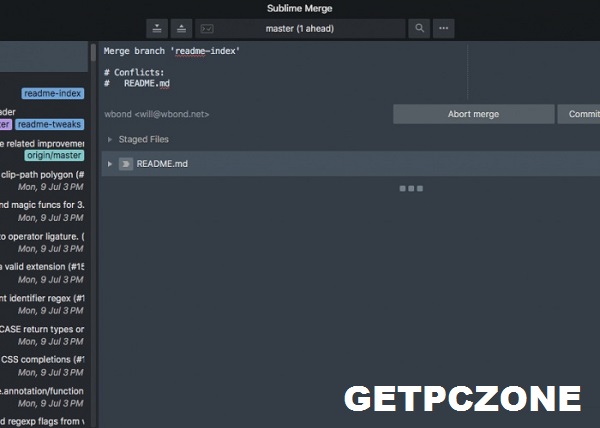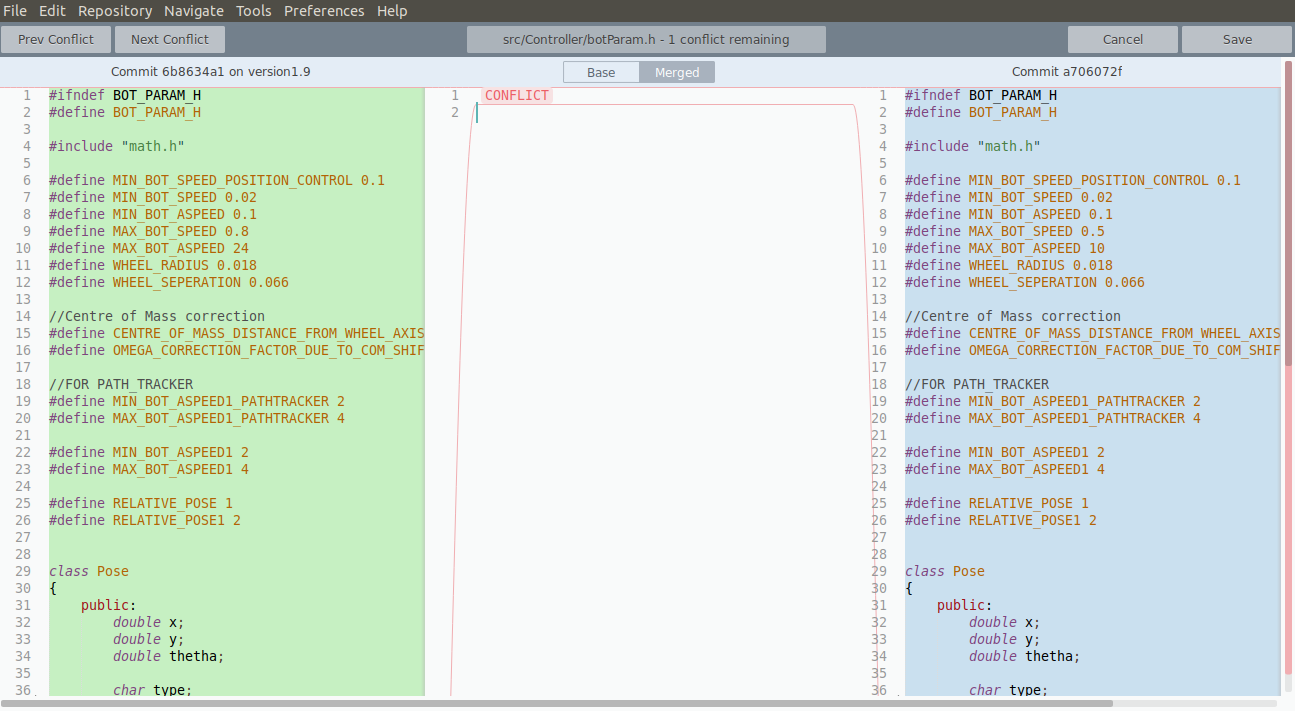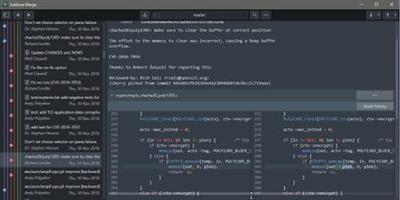


This is essential because anyone at any point in time should be working on the most recent content of the file without overriding any changes from the previous versions. Git Merge is a feature that allows you to keep the file's current content in sync with other previous versions. Now, if your co-worker changed the same file and pushed it back to the repository, the file has a new version associated. At this point, the file has its current version associated with it. Suppose you have created a file called abc.txt and pushed it to a Git repository. You can go back to any of the versions at any time and retrieve an older version. Git is a version control system that keeps a history of all your file versions. Poll Results - Are you comfortable resolving merge conflicts in Git? What is Git Merge and What are Merge Conflicts?

So this means that "Resolving Merge Conflicts" is an important topic of discussion. Guess what I found?ħ0%-80% of developers shared that they find it challenging to resolve a merge conflict in Git. Recently I conducted a poll on Twitter, LinkedIn, and YouTube, asking if developers are comfortable with resolving merge conflicts in Git. What are Devs Saying about "Merge Conflicts"? If you are new to Git and want to learn all the basic concepts, here is a helpful crash course. If you like to learn from video content as well, this article is also available as a video tutorial here: 🙂 This means you will read, understand, and try it out while going through this article.
Sublime merge conflicts how to#
In this article, we will learn how to resolve merge conflicts in a practical way. However, many developers are confused about concepts like merging and resolving merge conflicts. And they're usually familiar with basic Git concepts like: It helps you manage your project files easily using local branching, staging, and workflows. TypeScript 3.Git is an open-source distributed version control system.
Sublime merge conflicts download#
You can download and read more about the Git Client from the Sublime Merge website. Now they have invited other users to try it as well. Sublime Merge is in its early stages and has only been used by the makers and a small team of beta testers. For business licenses, subscription is available. Individual licences are lifetime with three years of updates included. However, Git itself, is directly used in Sublime Merge for repository mutating operations like staging, committing, checking out branches, etc. It uses a custom implementation of Git for reading repositories that drives high performance functionalities. Sublime Merge uses the same lingo as Git, and it doesn’t make use of any state beyond Git itself. Hovering over the buttons will show you which command it will run. Working with Sublime Merge means you’re working with the real Git, and not just a simplified version. Complex search queries can also be constructed using ‘and’, ‘or’, and ‘()’ symbols for deep searches within folders. You can search for commit messages, commit authors, file names, and even wildcard patterns. Sublime Merge features find-as-you-type search to find the commit with exact matches. The smerge tool that comes with Sublime Merge can be used to open repositories, blame files, and search for commits. So either the GUI or the command line can be used for different functions, the choice is yours. All repository changes are updated live and things work the same from the command line as they would from the UI. Sublime Merge will work hand-in-hand with the command line. The Command Palette allows quick access to a large set of Git commands and is triggered by Ctrl+P. Space bar can toggle expansion, and Enter can stage/unstage hunks. The Tab key can be used to navigate through different parts of the application. There are also good keyboard usability options. It can be done simply by selecting any two commits in Sublime Merge with Ctrl+Left Mouse to show the diff between them. This includes renames, moves, resolving conflicts or just looking at the commit history. For cases where necessary, Sublime Merge will display exactly which individual characters have been changed for a commit.


 0 kommentar(er)
0 kommentar(er)
